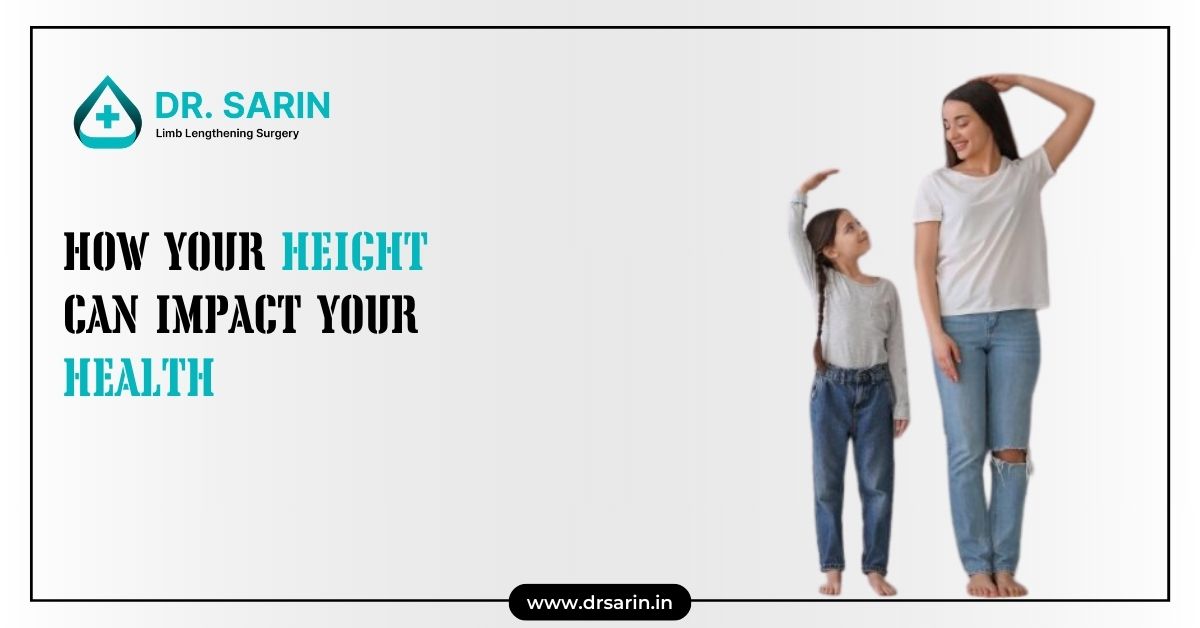Limb-lengthening is a significant medical procedure that can address discrepancies in limb lengths and improve the quality of life for children with these differences. As technology and surgical techniques have advanced, the outcomes for limb lengthening have continued to improve, offering children and their families new hope and opportunities. However, a common concern among parents and caregivers is understanding how active children can be after undergoing surgery.
Post-Surgery Recovery Phase
The initial phase after surgery is critical for recovery. During this time, children are generally advised to limit physical activity to ensure proper healing. The focus is on managing pain, preventing infection, and starting gentle physical therapy. It’s essential for the healing process that activity levels are increased gradually under the guidance of healthcare professionals.
Physical Therapy and Rehabilitation
Physical therapy is a cornerstone of post-operative care in limb-lengthening procedures. Children will work with physiotherapists to gradually increase the strength and flexibility of their lengthened limbs. As their recovery progresses, the intensity and variety of exercises will increase. Physical therapy is tailored to each child’s specific needs and is crucial for regaining full function.
Gradual Return to Activity
As children heal and adapt to their new limb length, they can gradually return to more active play. However, the timeline for this return can vary widely depending on the extent of the surgery, the child’s overall health, and how well they are progressing with physical therapy. It’s crucial to follow the guidance of the child’s medical team, who will provide clear instructions on what activities are safe and at what stages of recovery.
Monitoring and Adjusting Activity Levels
It’s important to monitor a child’s activity levels and watch for signs of overexertion or discomfort, which could indicate that they are pushing themselves too hard. Parents and caregivers should ensure that children take regular breaks and do not overdo it, even if they feel capable. The body needs time to adjust to changes in limb length and to heal properly.
Long-Term Activity and Participation In Sports
Most children can return to a wide range of activities once they have fully recovered from limb-lengthening surgery. However, they may need to wait several months to a year before engaging in high-impact sports or activities that put significant stress on the lengthened limb. Each child’s case is unique, and ongoing consultations with healthcare providers will determine when it’s safe to resume these activities.
Emotional and Social Considerations
Apart from physical limitations, children recovering from limb lengthening may also face emotional and social challenges. Parents and caregivers need to supportIt’s their child’s mental well-being, encouraging them to stay positive and engaged with their friends and hobbies as much as possible. This support can play a crucial role in their overall recovery and return to activity.
Conclusion
Limb lengthening Surgery can significantly impact a child’s life, not just physically but also emotionally and socially. While the recovery process requires patience and adherence to medical advice, most children can look forward to returning to an active, fulfilling life after their recovery. Regular check-ups, a dedicated physical therapy regimen, and supportive care are essential to ensure a successful outcome. By understanding and respecting the limits of their recovery, children can gradually return to the activities they love, potentially with greater ease and ability than before.




